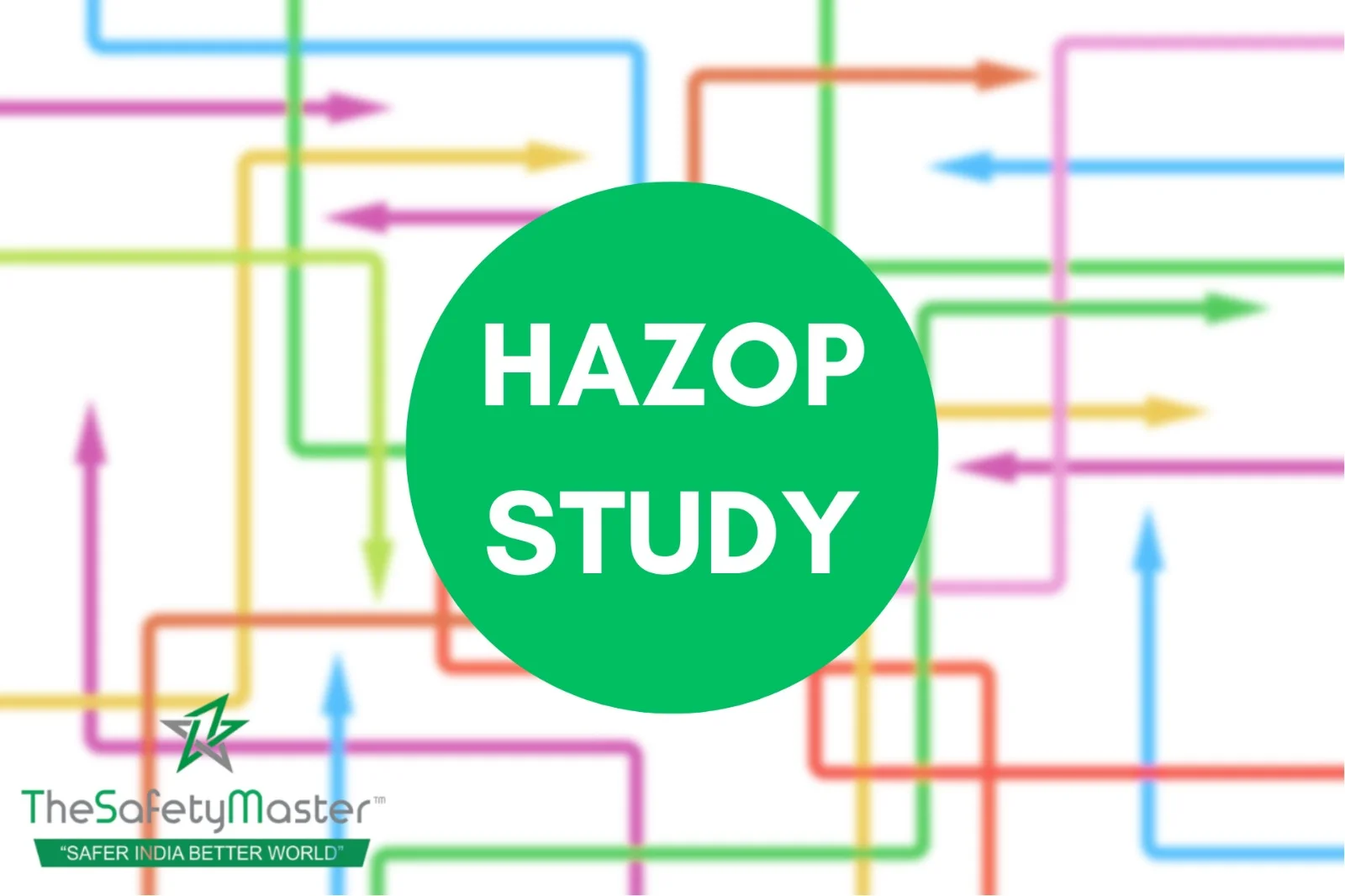How to Conduct a HAZOP Study: Best Practices for Risk Assessment

Understanding HAZOP Study and Its Importance
A Hazard and Operability Study (HAZOP) is a structured and systematic technique used to identify potential hazards and operational issues in industrial processes. It plays a vital role in risk assessment, ensuring safety in industries such as oil and gas, chemical manufacturing, pharmaceuticals, and power plants.
The Hazop Study follows a well-defined methodology to systematically analyze potential deviations in a process and assess their impact on safety and efficiency. It helps organizations in identifying hazards that could lead to operational failures, equipment damage, or environmental risks. This approach enables industries to take proactive measures in preventing accidents and ensuring compliance with safety regulations.
Hazop Study is an essential risk assessment tool that involves a team-based review of process flow diagrams (PFDs) and piping and instrumentation diagrams (P&IDs). Experts from different disciplines collaborate to evaluate design parameters and identify weaknesses in the system.
Key Steps in Conducting a HAZOP Study
1. Define the Scope and Objectives
Before conducting a Hazop Study, it is crucial to define the scope of the assessment. The scope should cover:
- The process or system under review.
- Potential hazards associated with equipment, operations, and materials.
- The objectives, such as improving safety, identifying operational inefficiencies, and ensuring regulatory compliance.
This step ensures that the HAZOP analysis remains focused on critical areas without unnecessary deviations.
2. Assemble a Multidisciplinary Team
A Hazop Study is a team-based activity that requires input from various specialists. A typical team consists of:
- Process Engineers – Experts who understand system design and operations.
- Operators – Personnel responsible for day-to-day process handling.
- Maintenance Engineers – Professionals who assess equipment reliability and maintenance aspects.
- Safety Experts – Specialists who evaluate potential hazards and risk mitigation strategies.
- Facilitator – A trained HAZOP leader who guides the study, asks relevant questions, and ensures the methodology is followed correctly.
3. Break Down the Process into Nodes
A node is a section of the process where the parameters remain consistent. The study team reviews each node individually to ensure a comprehensive evaluation.
For example, in a chemical processing plant, nodes may include:
- Reactor vessel operation
- Heat exchanger performance
- Storage tank handling
- Pumping system efficiency
Breaking the process into smaller components helps in a more detailed risk assessment.
4. Identify Process Parameters and Guide Words
The HAZOP team evaluates key process parameters, such as:
- Flow rate
- Temperature
- Pressure
- Composition
Using guide words like “more,” “less,” “as well as,” “reverse,” and “part of” helps in identifying possible deviations from normal operations.
For instance, if the expected flow rate of a liquid is 100 liters per minute, using guide words can reveal risks:
- More flow – Overpressure in pipelines, potential leaks.
- Less flow – Insufficient cooling, process inefficiencies.
- Reverse flow – Cross-contamination or backflow issues.
5. Analyze Deviations and Identify Risks
Once deviations are identified, the team assesses their potential consequences, including:
- Safety hazards (e.g., fire, explosion, toxic release).
- Equipment damage due to excessive stress.
- Operational inefficiencies affecting production quality.
- Environmental impact due to hazardous emissions.
The Fire Audit is an essential part of safety risk management, ensuring that fire hazards identified during the HAZOP analysis are addressed properly. Fire Audit evaluates fire risks, emergency response plans, and fire suppression systems to enhance industrial safety.
6. Develop Recommendations for Risk Mitigation
After identifying risks, the next step is to suggest mitigation measures. These could include:
- Process modifications – Changing operational parameters to reduce risk.
- Engineering controls – Installing safety interlocks, pressure relief valves, or automated shutdown systems.
- Administrative controls – Improving standard operating procedures (SOPs) and operator training.
- Emergency response planning – Preparing action plans in case of system failures or hazardous incidents.
Organizations must also conduct a Safety Audit to assess whether recommended controls are properly implemented. A Safety Audit evaluates safety measures and ensures that compliance with industry regulations is maintained.
7. Document Findings and Follow-Up
The final step in a Hazop Study is to prepare a comprehensive report that includes:
- Summary of identified risks and their potential consequences.
- Recommended safety measures to address risks.
- Action plan for implementation and follow-up schedule.
Regular follow-ups ensure that Process Safety Management (PSM) principles are followed and safety improvements are sustained. A Process Safety Management system integrates HAZOP findings into broader industrial safety programs.
Best Practices for Conducting a Successful HAZOP Study
1. Involve Experienced Safety Experts
A Safety Consultant plays a key role in ensuring a high-quality Hazop Study. Their expertise in risk assessment and hazard identification helps industries develop robust safety strategies. Organizations should work with a certified Safety Consultant to maximize the effectiveness of the study.
2. Maintain Thorough Documentation
Proper documentation is critical for regulatory compliance, risk tracking, and future process improvements. Every deviation, potential hazard, and recommendation should be recorded in detail.
3. Integrate HAZOP with Other Safety Audits
To ensure complete risk assessment, a Hazop Study should be complemented with other safety evaluations such as:
- Fire safety assessments to address ignition risks.
- Environmental impact studies to mitigate pollution hazards.
- Workplace ergonomics audits to ensure operational safety.
4. Periodic Review and Continuous Improvement
Industries should conduct periodic Hazop Studies, especially when there are:
- Changes in process design or equipment.
- Modifications in operating procedures.
- Reports of near-miss incidents or system failures.
Regular assessments ensure that process safety standards are updated to meet evolving industrial challenges.
Conclusion
A Hazop Study is a fundamental risk assessment tool that enhances process safety, operational efficiency, and regulatory compliance. By following a structured methodology, industries can systematically identify potential hazards, analyze risks, and implement effective safety measures.
Additionally, organizations must integrate safety evaluations such as Fire Audits, Safety Audits, and Process Safety Management into their overall risk management framework. Working with a certified Safety Consultant ensures a proactive approach to hazard prevention, making workplaces safer and more resilient.
By continuously improving hazard identification processes, industries can mitigate risks, protect workers, and ensure sustainable operations in high-risk environments.







